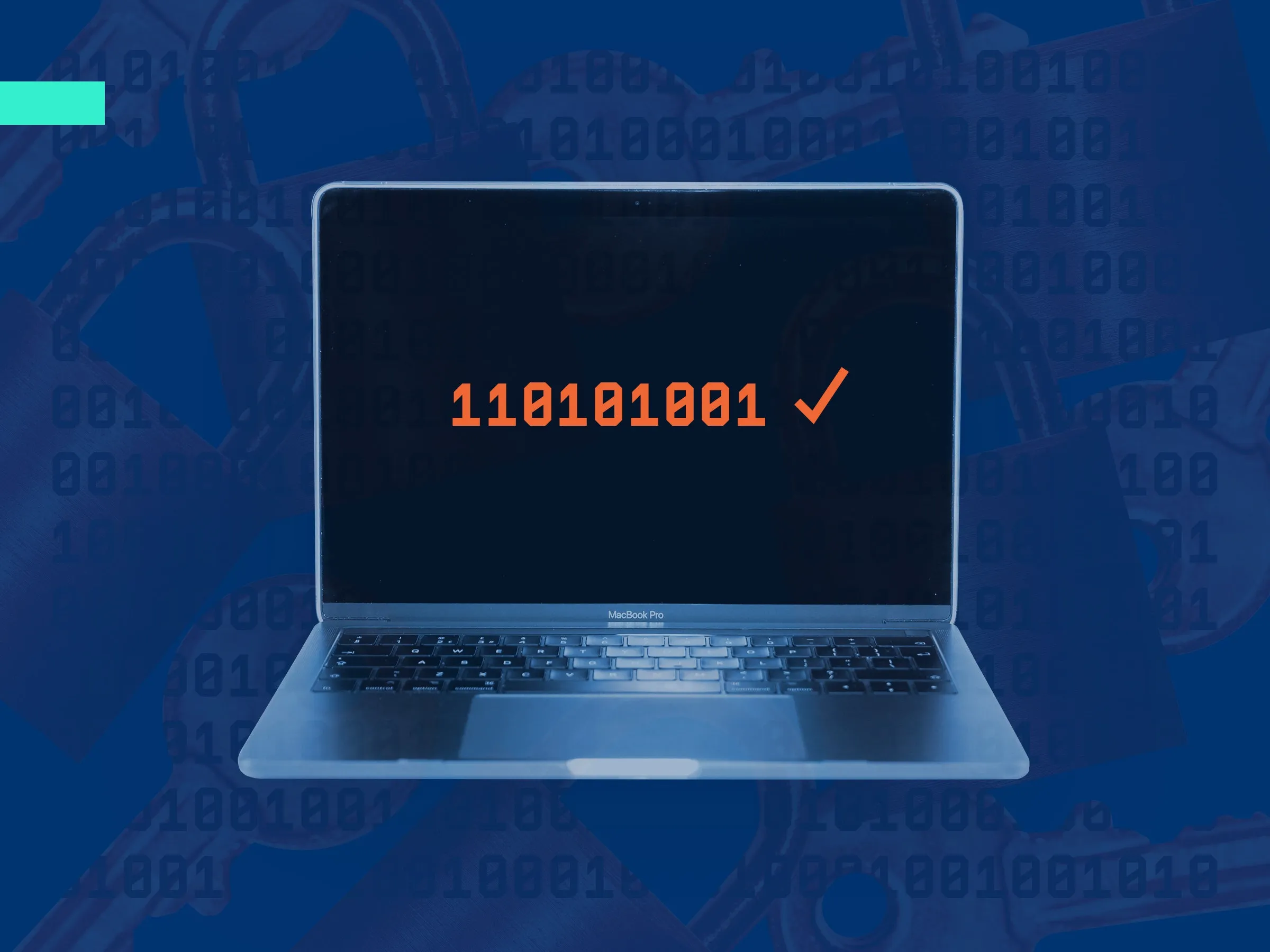In recent months, a new cyber threat has surfaced that targets Mac users by exploiting Apple’s own security tools, particularly through an advanced string encryption method originally developed in-house by Apple. This sophisticated malware, known as the Banshee macOS infostealer, has been successfully dodging detection systems for several weeks, raising significant concerns about the security of Apple environments.
Researchers at Check Point have uncovered that the Banshee malware variant utilizes a string encryption technique that mirrors Apple’s proprietary algorithms. This approach allowed the malware to remain hidden from conventional antivirus systems that rely on static analysis to identify threats. The revelation came after two months of the malware operating undetected, distributed mainly through phishing sites and bogus GitHub repositories that impersonate popular applications such as Google Chrome, Telegram, and TradingView.

The Gap in Mac Security
The incident has spotlighted a critical vulnerability in Mac security, especially as businesses increasingly incorporate Apple products into their IT ecosystems. According to Ngoc Bui, a cybersecurity expert at Menlo Security, there is a pressing need for enhanced security measures. “While companies are increasingly adopting Apple ecosystems, the security tools haven’t kept pace,” Bui stated. He emphasized the necessity of a “multi-layered approach to security, including more trained hunters on Mac environments,” to address these significant blind spots.
Rethinking Platform Security
The Banshee malware is notorious for its capability to steal browser credentials, cryptocurrency wallets, and other sensitive information. This version, referred to as Banshee 2.0, notably removes previous checks for the Russian language—a feature designed to avoid targeting specific regions. This change hints at potential new ownership and a broader scope of operations, making it a more formidable threat than ever.

James Scobey, chief information security officer at Keeper Security, pointed out the evolving nature of cyber threats. “As attackers refine their techniques, including leveraging encryption methods inspired by native security tools, it’s evident that businesses can no longer rely on legacy assumptions about platform security,” Scobey explained. He stressed that “sophisticated malware like Banshee Stealer can bypass traditional defenses, capitalizing on stolen credentials and user errors.”
A Turn for the Worse: Source Code Leak and Public Shutdown
The Banshee macOS Stealer initially gained attention in mid-2024 as a “stealer-as-a-service” on various online forums. However, the landscape shifted dramatically in November 2024 when the malware’s source code was inadvertently leaked on XSS forums. This incident led to a sudden halt in Banshee’s operations. Although the leak has improved antivirus systems’ ability to detect this malware, it also stirs concerns about the emergence of new variants that could be developed by other malicious actors.

The unfolding saga of the Banshee macOS infostealer serves as a stark reminder of the continuous arms race in cybersecurity. Apple’s innovative encryption technologies, designed to protect users, have been turned against them by adept cybercriminals. This situation underscores the necessity for ongoing vigilance and investment in cybersecurity measures, particularly as malware authors increasingly target what were once considered secure and lesser-attacked platforms like macOS. As the landscape evolves, so too must our strategies to defend against these insidious threats.










